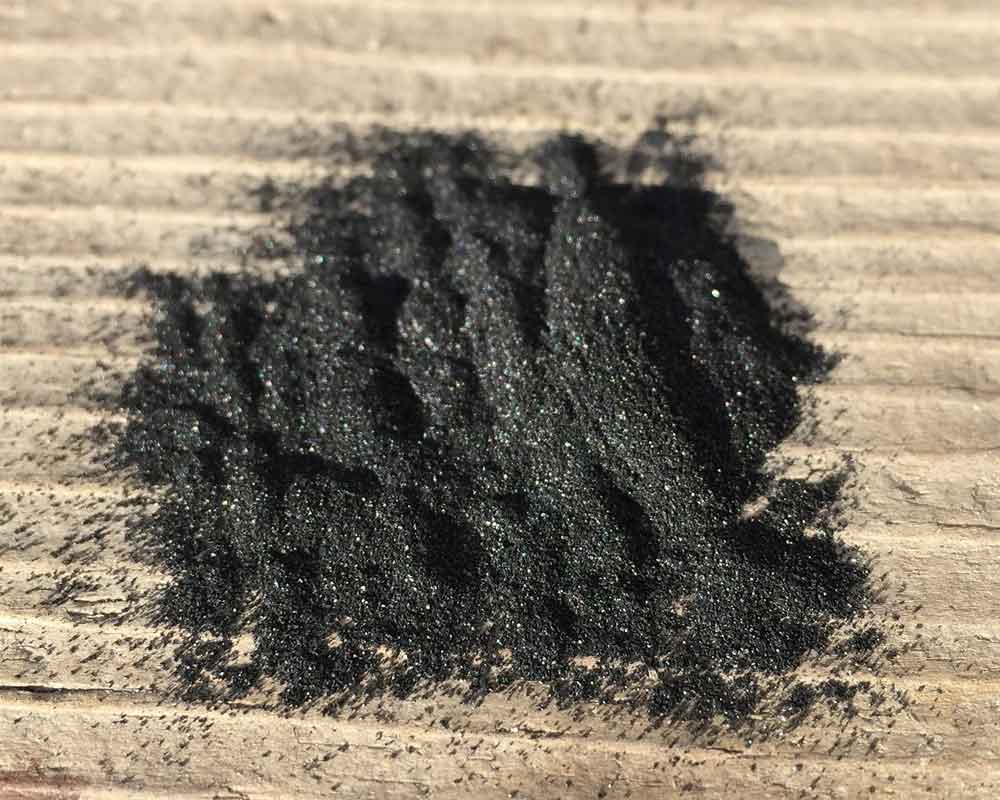Understand lithium battery anode material-spherical graphite
Graphite (referring to natural stone, the same below) is a non-metallic mineral resource. Graphite materials have various special properties such as high temperature resistance, electrical conductivity, thermal conductivity, lubrication, chemical stability, plasticity, and thermal shock resistance. Among them, spherical graphite is a high-end product in graphite and is used in strategic emerging industries such as new energy vehicles, energy storage, and environmental protection.
Spherical graphite is made of high-quality high-carbon natural flake graphite as raw material, and the graphite surface is modified by advanced processing technology to produce graphite products with different fineness and shape like oval spheres.

Indicators for measuring spherical graphite
- Physical performance index
Particle size (D50, μm), tap density (g/cm³), specific surface area (㎡/g), moisture (%), fixed carbon (%)
- Electrochemical performance index
Coulomb efficiency (%), charging capacity (mAh/g), cycle life (cycles)
Advantages and disadvantages of natural graphite
Natural graphite has the advantages of being used as a negative electrode material for lithium-ion batteries: wide sources, low price, low charge and discharge voltage platform, and high reversible capacity (theoretical value 372mAh/g).
However, there are many problems with graphite as the negative electrode material of the battery: poor compatibility with solvents; poor performance in high-current charging and discharging; during the first charge and discharge, the graphite layer is peeled off due to the co-embedding of solvent molecules, which leads to a reduction in electrode life.
Formation of spherical graphite
Through the spheroidization of flake graphite, the specific capacity (≥350mAh/g), the first cycle efficiency (≥85%) and cycle performance of the negative electrode material can be significantly improved.
- The size of the granularity
As a negative electrode material for lithium-ion batteries, the particle size D50 is most suitable between 16 and 18 μm. If the particle size is too small, the specific surface area will be larger, causing the negative electrode to consume a large amount of Li+ during the first cycle, thus forming a solid dielectric interfacial film, which is the first charge and discharge efficiency; The liquid contact area is small, which affects the specific capacity of the negative electrode.
- Spherical graphite production equipment
The production of spherical graphite has been industrialized. In industrial production, wind impact shaping machines are mainly used to spheroidize flake graphite. Among them, the airflow vortex pulverizer is a commonly used equipment. This method has less impurities during the spheroidization process, but its equipment is large in size, and the amount of graphite is large, and the yield is low, which is very limited in laboratory preparation.
Modification of spherical graphite
There are two main starting points for the modification:
1. Appropriately reduce the specific surface area of the stone mill to reduce the irreversible loss caused by the excessive stroke of the SEI film and the co-embedding of solvent molecules that cause the laminar peeling of graphite;
2. Introduce other metal elements or non-metals into graphite to increase the charge and discharge capacity of graphite.
- Coating method-improve the cycle performance of graphite
The “core-shell” model coating method uses graphite materials as the “core”, and a “shell” of an amorphous carbon material is coated on its surface. The precursors of the commonly used amorphous carbon materials include phenolic resin, Epoxy resin and cracked carbon. The layer spacing of amorphous carbon materials is larger than that of graphite, which can improve the diffusion performance of lithium ions in it, which is equivalent to forming a buffer layer of lithium ions on the outer surface of graphite, thereby improving the high-current charge and discharge performance of graphite materials.
The coating method improves the cycle life of the battery, but the current coating process still has certain problems. The key problem to be solved at present is how to form a complete, uniform coating layer outside the graphite and well combined with the graphite.
- Doping method-increase the charge and discharge capacity of graphite
The introduction of certain metallic or non-metallic elements into carbon materials will result in changes in the carbon microstructure and electronic state, which will affect the lithium insertion behavior of carbon electrodes. At present, the most researched is the introduction of boron, silicon, and phosphorus into carbon materials. And other elements.
Other commonly used modification methods: surface oxidation, metal layer formation, mechanical grinding
Spherical graphite material has good electrical conductivity, high crystallinity, low cost, high theoretical lithium insertion capacity, low charge and discharge potential and flatness. It is an important part of lithium-ion battery anode material and is a cathode material for lithium-ion battery production at home and abroad. The replacement product. It has excellent electrical conductivity and chemical stability, high charge and discharge capacity, long cycle life, and environmental protection.
